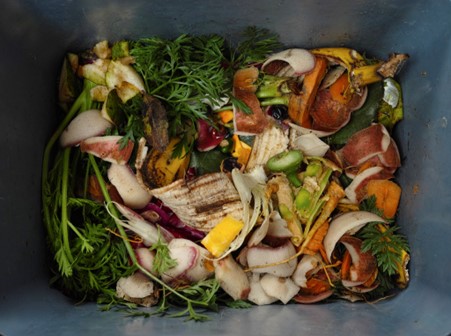SDG 2: End hunger, achieve food security and improved nutrition and promote sustainable agriculture
Count yourself lucky if you are among the 92% of the world’s population that does not face hunger. By 2030, it is projected that approximately 670 million people will be facing hunger.
While some of us struggle to lose weight or figure out how to fast intermittently, worse waste food, 8% of the world’s population will starve. Due to the current geopolitical climate, all of us have seen some increase in the cost of our weekly grocery bill, but still, we are fortunate to be able to fill our oversized grocery carts with fresh fruits and veg, and our favourite weakness – carbs. Further, while our fridges and cupboards are full, it is estimated that the cost of food waste is approximately, $1 trillion per year.
Why is hunger still a problem and why has it been selected as SDG 2?
Conflict – the current big one as we all know has led to price increases of grain, fuel and fertilizer which is driving food shortages.
Climate change – the unpredictable weather patterns, flooding, and extreme weather contribute to the decline of agriculture productivity.
Economic conditions – poor governance, economic pressures, and instability have led to higher food prices, which poor households can ill afford.
How can we address these issues and contribute to ending hunger and enabling food security?
As an individual:
Reduce food waste – Plan your meals weekly, including what is likely to be left over that can be consumed, and how many times you are likely to eat out with friends and family. Buy only what you need and store food properly. Choose wonky or ugly produce that would otherwise go to waste.
Eat less meat – Meat production is a large contributor of greenhouse gas emissions, water consumption, and general environmentally unfriendly practices such as pollution and deforestation. Reduce the climate change effect and improve your own health by choosing more plant-based foods, and reducing portion sizes.
Eat sustainably – Choose products that are sustainable such as locally produced foods, and foods that are certified as sustainable. Ensuring that people working in the supply chain of our food are paid and treated fairly for the work they do, will reduce hunger in their lives, their families and communities.
As an organisation:
Reduce food waste – reduce those Friday morning team breakfasts or giant birthday cakes, particularly the ones where food is brought in. Much of that food is not consumed and ends up in the bin. Monitor how much is consumed and order accordingly or ask each person to order what they will consume.
Reduce your carbon footprint – climate change is fundamentally what drives hunger. Whatever business your organisation is in, small or large, you can reduce energy consumption, reduce water consumption, and those changes contribute to the overall picture of climate change.
3rd Party Risk Management – somewhere along your supply chain, it is likely that a supplier is part of the food chain. Identify and assess your supply chain risks, making your organisation more resilient, applying ESG-friendly policies, and enabling your supplier to also be more ESG-friendly.
Finally, if your organisation is in the business of transportation, of course, food and agriculture, you have a direct impact on ending hunger. Look at ways to reduce your carbon footprint, and apply innovation and sustainable practices across your business, that will ultimately lead to ending hunger worldwide.

